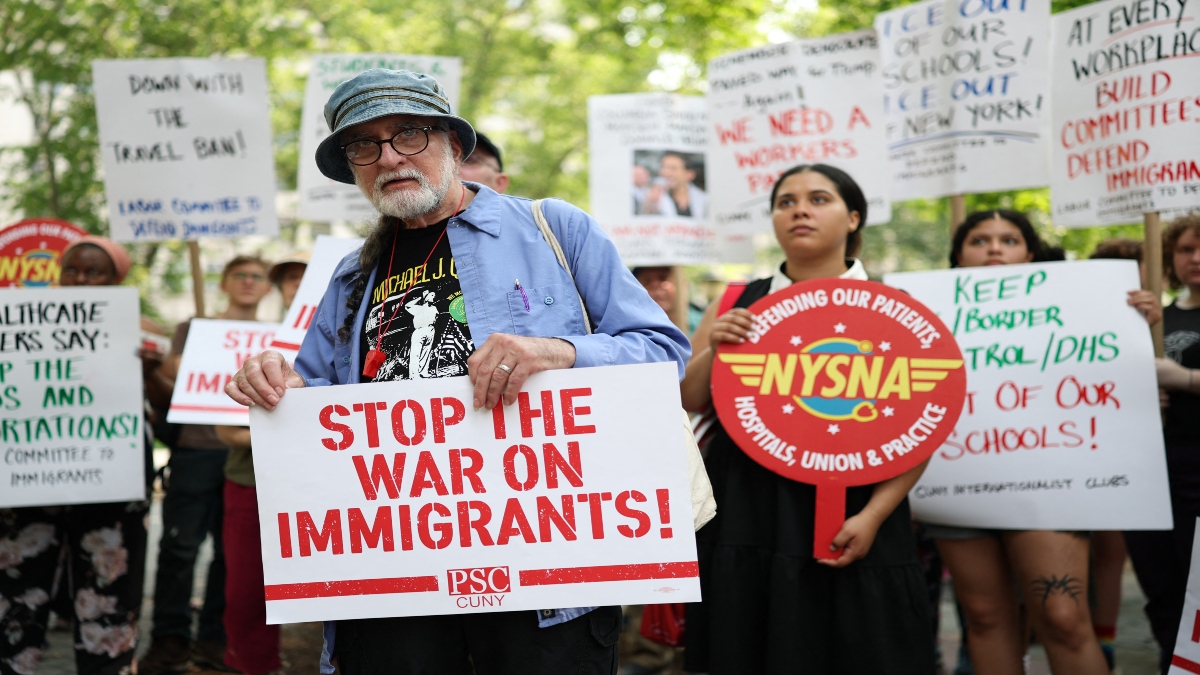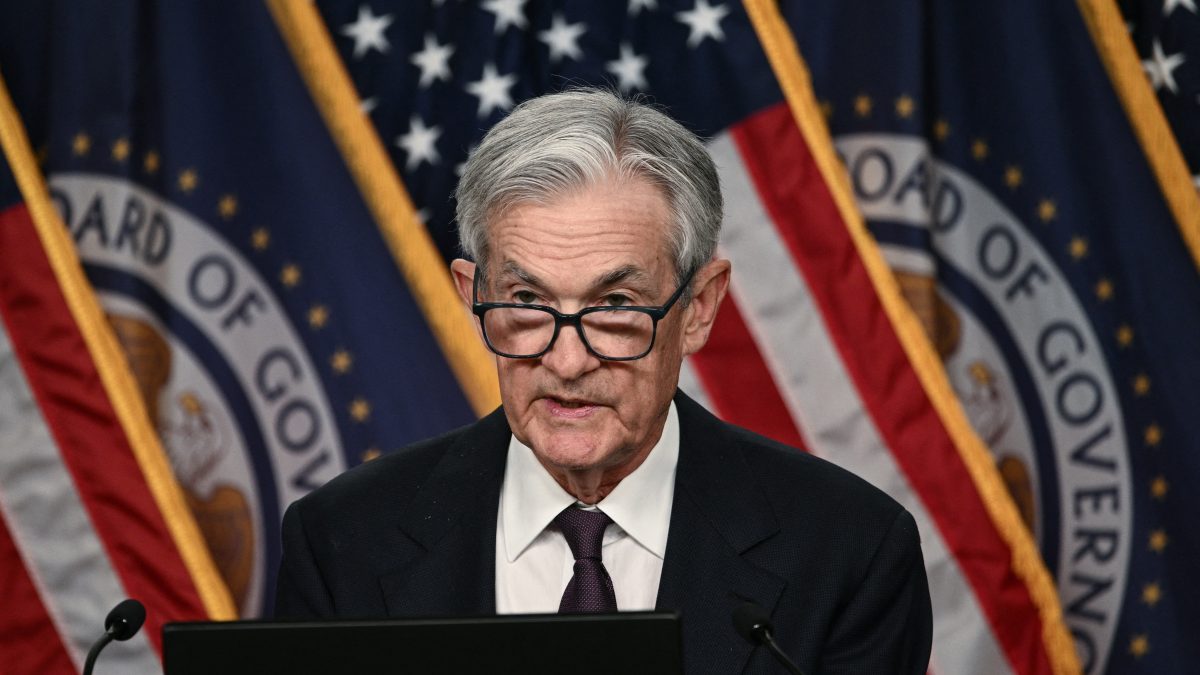For the first time in 50 years, more people may leave the United States than arrive this year, marking a stark shift in America’s immigration patterns. While US President Donald Trump’s administration would be happy with the figures as they continue to impose a crackdown on immigrants , experts believe that the shift could have negative implications for the country’s economy.
While speaking to The Washington Post, experts noted that a rise in deportations — the aim of recent workplace raids that triggered protests in Los Angeles and other cities — played a key role in this change in pattern. However, they argued that a net outflow of immigrants could stoke inflation in the country, a risk which was already looming due to Trump’s tariff policy.
Not only this, the drain of people could also renew concerns about labour shortages in the country, something the United States witnessed during the COVID-19 pandemic. In the long run, it could also have implications for the country’s fiscal policy, with few immigrants paying taxes and supporting entitlement programs such as Social Security.
What does the data say?
The latest figures were released by economists Wendy Edelberg and Tara Watson from the centre-left Brookings Institution. The two economists are working with Stan Veuger of the conservative American Enterprise Institute on the paper, which will be made public later this month, The Washington Post reported.
The researchers projected that there is an increased likelihood of negative immigration in 2025, compared to what they projected in December last year. While the White House is yet to make an official response to the matter, spokesperson Abigail Jackson took a stern stance on the matter last week.
“If you are present in the United States illegally, you will be deported. This is the promise President Trump made to the American people, and the Administration is committed to keeping it," Jackson told the Washington Post earlier this month.
Meanwhile, on the campaign trail, Trump and Vice President JD Vance insisted that mass deportation is a solution for reducing competition for jobs and housing. However, economists pointed out how migration levels last reached a long-time low during the 2008 financial crisis, which sparked a mass departure of Mexican immigrants and ultimately affected the overall economy.
Impact Shorts
More Shorts“It’s not about deportations so much,” Veuger said. “It’s really just that inflows are down so much; not just at the southern border, but also through various legal programs.” Already, the foreign-born workforce has shrunk by more than 1 million people since March, Labour Department data shows.
Why it matters
These experts argued that the latest figures showed a sharp reversal from a recent surge in immigration that in 2024 pushed the share of foreign-born workers in the US labour market to the highest level on record. This influx ultimately fueled the country’s economic strength after the pandemic.
The economists noted that the dropoff is poised to disproportionately hit sectors such as agriculture, construction and hospitality, which depend on immigrant workers. Not only this, but businesses would also see a significant rise in labour costs in a bid to attract new labour to replace the immigrants.
However, the experts mentioned that the scale of the potential exodus would ultimately depend on the extent to which the Trump administration can deliver on its goal of removing a million migrants this year.


)

)
)
)
)
)
)
)
)



